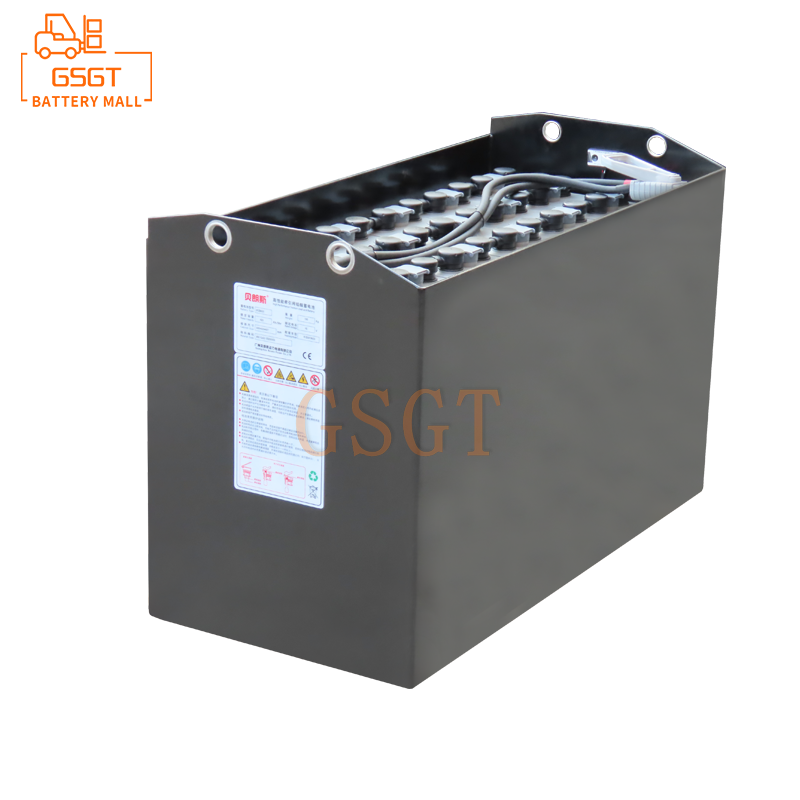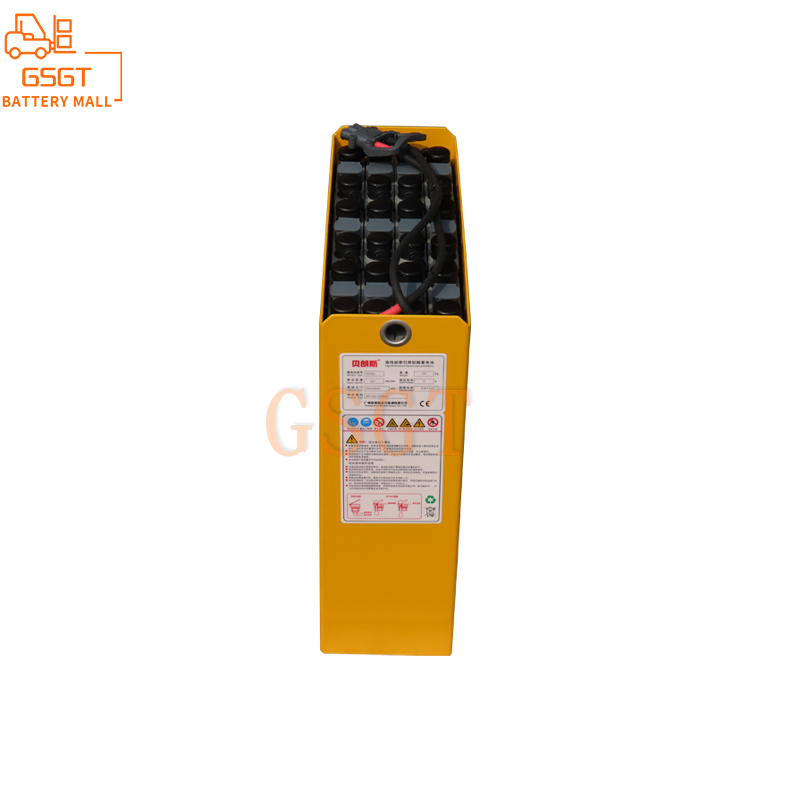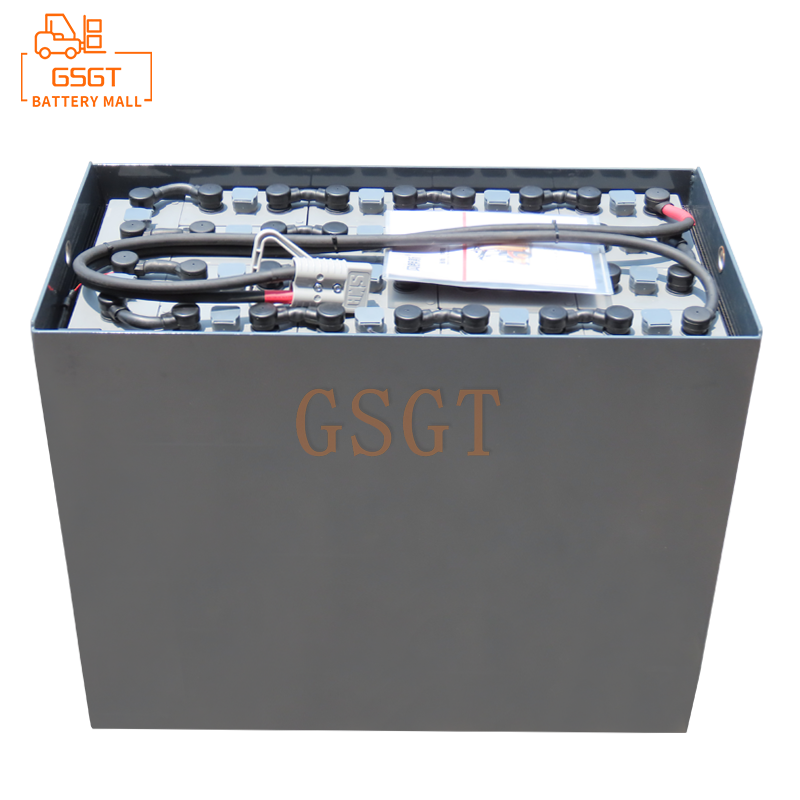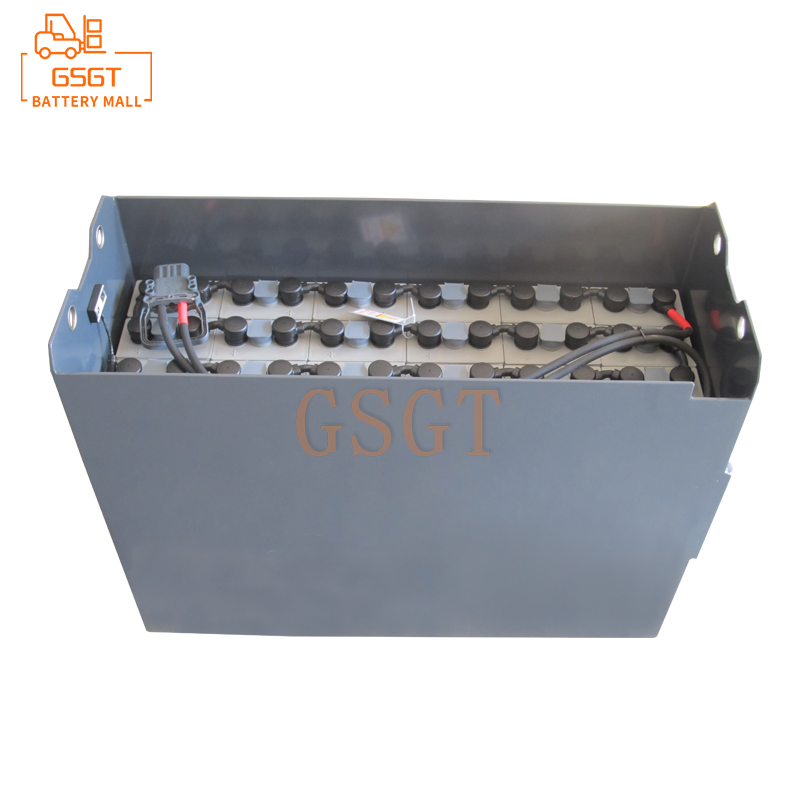Time:2025-03-11 09:48:32
Browse:279
In the field of energy storage and application, lead-acid batteries, with their long history, mature technology and cost, have always occupied an important position, widely serving many fields such as car start and stop, emergency lighting, energy storage power stations and so on. However, the shortcomings of the slow charging speed of the traditional lead-acid battery, like a barrier across the road of efficient application, limit its further expansion in the fast-paced era. Exploring the realization path of fast charge technology has become the key to unlock the new application potential of lead-acid batteries.
The essence of lead-acid battery charging is that a series of complex electrochemical reactions occur under the action of external power supply. When charging, the lead sulfate on the positive plate is gradually converted into lead dioxide under the influence of current, and the lead sulfate on the negative plate is reduced to spongiform lead, while the concentration of sulfuric acid in the electrolyte continues to rise. This process seems simple, but it is restricted by a variety of factors, especially in the pursuit of fast charging, the contradiction is more prominent. For example, too fast charging speed will cause the electrode surface current density is too large, causing side reactions, such as oxygen and hydrogen precipitation, not only causing energy loss, but also may cause irreversible damage to the battery structure and shorten the battery life.
From the perspective of material innovation, the development of new plate materials is an important direction to achieve fast charging. Under the condition of fast charging, the traditional lead alloy plate is prone to corrosion intensification and active material falling off. Researchers try to introduce multiple alloying elements in lead alloys, such as antimony, tin, calcium, etc., to improve the electrical conductivity and corrosion resistance of the plate by optimizing the alloy composition and microstructure. For example, the lead tin alloy plate with the addition of an appropriate amount of tin has an electrical conductivity of about 15% higher than that of the pure lead plate, which can effectively reduce the internal resistance during charging, make the current conduction smoother, and lay the foundation for fast charging.
At the same time, modification of active substances is also a breakthrough point. Through nanotechnology, the active substance is made into nanoscale particles, which greatly increases its specific surface area and enhances the reactive active site. Taking nanoscale lead dioxide as a positive active substance, for example, compared with conventional particles, its contact area with the electrolyte increases several times, and it can participate in the electrochemical reaction more efficiently during fast charging, speeding up the conversion rate of lead sulfate, and thus significantly improving the charging efficiency.
At the level of process optimization, pulse charging technology has shown great advantages. The traditional constant voltage or constant current charging method is easy to cause battery polarization during fast charging, while the pulse charging method is to periodically apply the forward pulse current and the brief reverse pulse current during the charging process. The forward pulse is used for fast charging, and the reverse pulse can effectively eliminate the concentration polarization and ohmic polarization on the electrode surface and reduce the internal resistance of the battery. The research shows that the pulse charging technology can shorten the charging time of lead-acid battery by about 30%-40%, reduce the phenomenon of gas extraction and extend the service life of the battery.
In addition, the improvement of plate manufacturing process, precise control of plate thickness, porosity and active substance distribution, can also create favorable conditions for fast charging. The thin plate with suitable porosity can shorten the ion diffusion path, make the electrolyte fully contact with the active substance, and accelerate the electrochemical reaction process. For example, by optimizing the plate manufacturing process, a company reduces the plate thickness by 10%, while accurately regulating the porosity, and under the same charging conditions, the battery's charging acceptance capacity is increased by about 20%.
An intelligent charge management system is also indispensable. With advanced sensor technology, real-time monitoring of battery voltage, current, temperature and other parameters, using intelligent algorithms to dynamically adjust the charging strategy. When the battery is in the early stage of fast charge, the system quickly charges with large current; As the battery power rises, it automatically reduces the charging current when it is near full to prevent overcharging. At the same time, if the battery temperature rises abnormally or there is a danger signal such as gas out, adjust the charging parameters or suspend the charging in time to ensure the safe and efficient charging process.
The realization path of lead-acid battery fast charging technology is a collaborative process of material innovation, process optimization and intelligent management. With the continuous breakthrough and integration of technologies in various fields, these paths will gradually improve, inject new vitality into lead-acid batteries, make them bloom new luster in the era of fast charging, and better meet the urgent needs of modern society for efficient energy storage and fast charging.

$2450

$1270

$2140

$2040

MESSAGE
Professional And Efficient
Security
Affordable Price
Professional Services